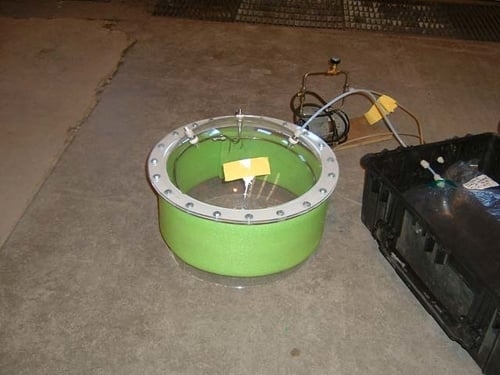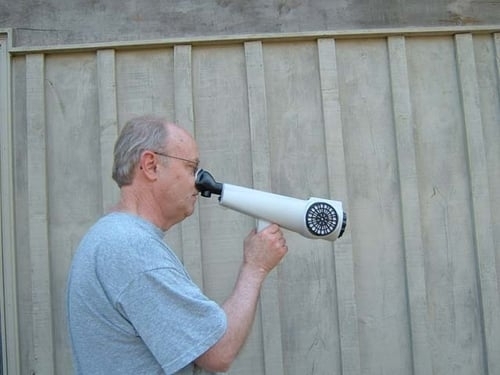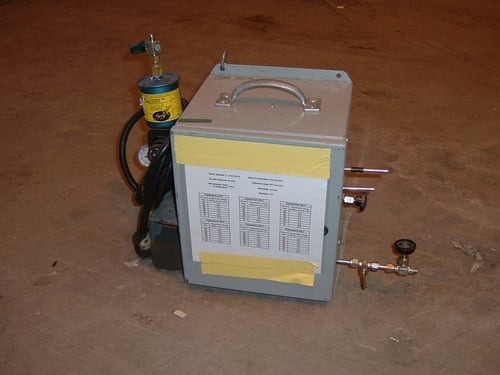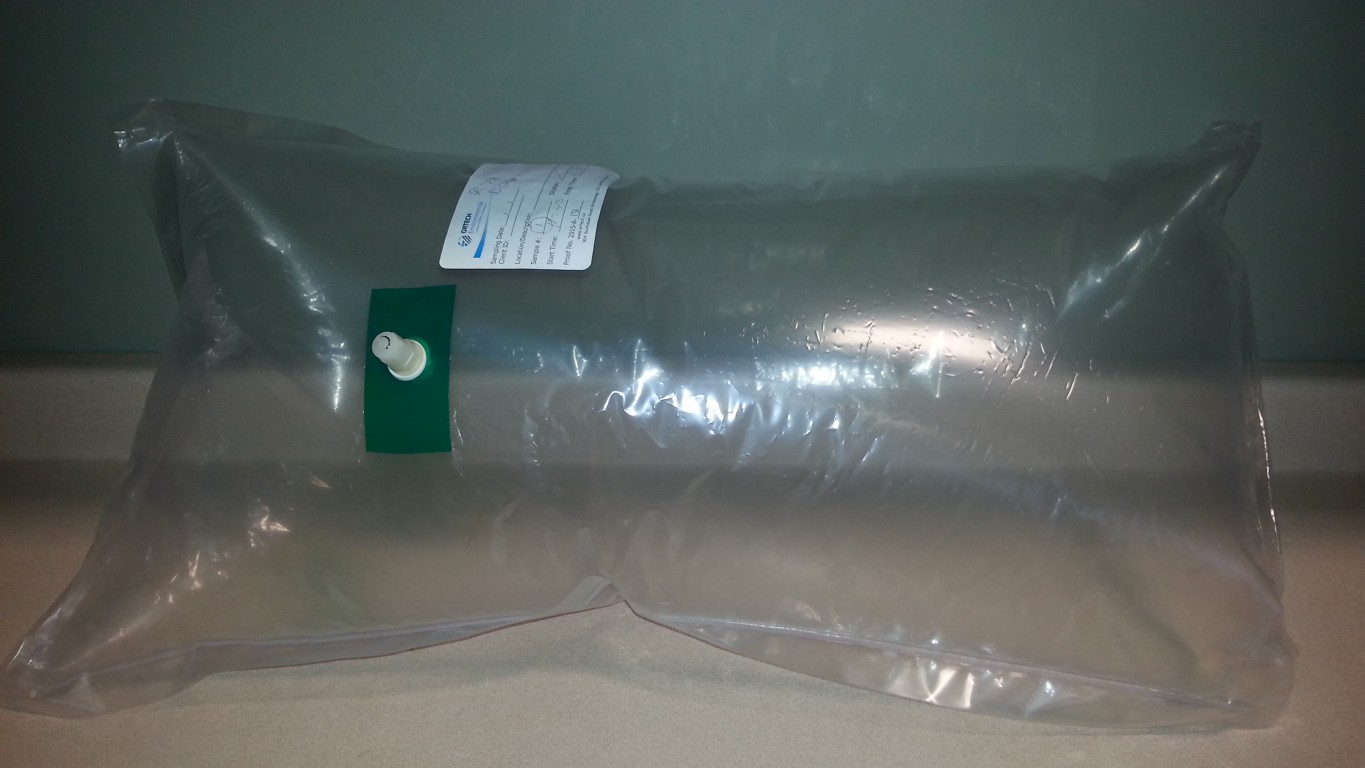By Steve Thorndyke ( sthorndyke@ortech.ca ) Reading time: 2 minutes 30 seconds
There are many ways to deal with Odour complaints, either proactively or reactively. Odours are not predictable, but you can manage them, if you receive a complaint. Here are some suggestions:
- Encourage odour complainants to notify the plant as soon as possible after an odour episode and fill out a standard questionnaire with details about the odour event such as date, time, meteorological conditions, odour frequency, odour intensity and the character of the odour.
- Verify that the complaint is genuine or appears to be real and that it originates from the plant by noting the wind direction at the time of the complaint and visit the site of the complaint if the odour persists.
- If possible, correlate the odour complaints with specific activities at the plant which may have caused the complaint, including continuous activities at the facility and short-term activities such as loading a truck.
- Conduct periodic odour surveys in the plant and at areas surrounding the plant, with emphasis on sensitive odour receptors such as residences, schools and other places frequently visited by the public, to obtain data which will complement the complaint data.
- If there are several potential sources of odour emissions at the plant, conduct an odour emission survey at the plant with atmospheric dispersion modelling to assess the effect of these sources, both individually and in aggregate, at off-site odour receptors and
use the dispersion modelling to rank the potential sources and develop a plan to reduce odour emissions at the sources, perhaps starting with the most significant odour emission sources.
- Repeat the odour emission survey and atmospheric dispersion modelling to assess the effects of any new odour reduction efforts at the plant, and consult with the complainants to determine if the reduction in odour concentration at the receptors is sufficient.
- Develop an odour management plan for the plant and protocols for dealing with odour complaints. Hold public meetings to discuss the details of the plan and any progress in implementing the plan.
For more information on how ORTECH can assist your Air Quality needs, visit our Odour Assessment Page or ourpage or email us at mtingle@ortech.ca











